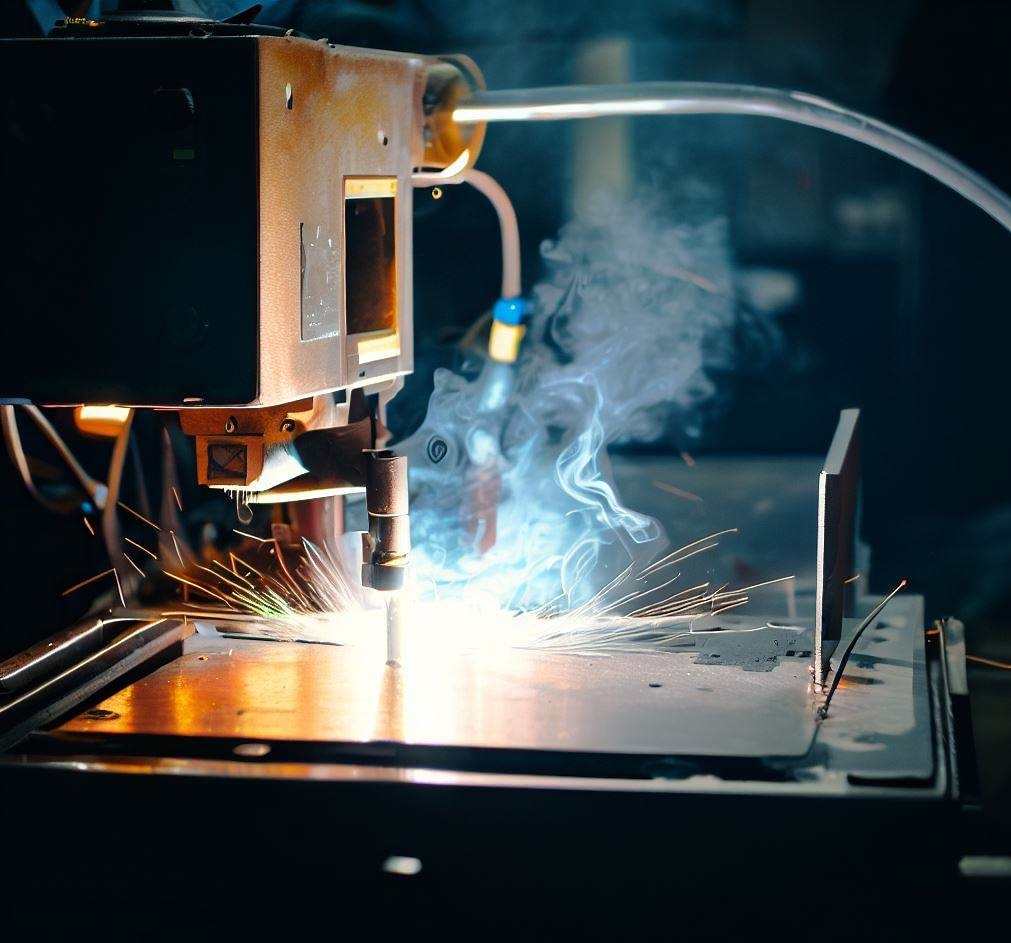Welding is a crucial process in various industries, including construction, automotive, and manufacturing. It involves the fusion of two pieces of metal to create a strong, long-lasting joint. However, welding requires skills, knowledge, and experience to produce high-quality results. In this article, we will discuss the step-by-step process to the perfect weld.

Preparation
Before starting the welding process, it is crucial to prepare the work area and the tools properly. The following are the necessary steps to prepare for welding:
- Clean the work area: Welding produces smoke, dust, and other debris that can affect the quality of the weld. Clean the work area by removing any grease, oil, paint, or rust. Use a wire brush, grinder, or sandpaper to remove rust and other debris. Use a degreaser to clean the surface thoroughly.
- Select the appropriate welding machine: There are different types of welding machines, such as TIG, MIG, and Stick. Select the welding machine that is suitable for the type of material you are welding.
- Choose the right welding electrode: Select the appropriate welding electrode based on the type of metal you are welding. The diameter of the electrode should match the thickness of the metal.
Set up
Once you have prepared the work area and the tools, it’s time to set up the welding machine. Here are the necessary steps for setting up:
- Adjust the amperage: The amperage setting depends on the thickness of the metal you are welding. The thicker the metal, the higher the amperage required. You can find the recommended amperage settings in the welding machine’s manual or on the welding electrode’s packaging.
- Choose the welding technique: There are different welding techniques, such as weave, stringer, and circle. The technique you choose depends on the type of weld joint and the type of material you are welding.
- Clamp the metal pieces: Clamping the metal pieces is necessary to ensure they remain in place during the welding process. Use welding clamps to hold the pieces together firmly.

Welding
Now that you have prepared the work area, set up the welding machine and clamped the metal pieces, you can begin the welding process. Here are the necessary steps for welding:
- Position the electrode: Hold the electrode at a 90-degree angle to the metal surface. The electrode should be pointed in the direction of the weld joint.
- Start the arc: Strike the electrode on the metal surface to start the arc. The arc creates heat, which melts the metal and forms the weld.
- Move the electrode: Move the electrode slowly along the joint, keeping it at a constant distance from the metal surface. The distance between the electrode and the metal surface should be about 1/8 inch.
- Maintain the proper heat: The proper heat is crucial to produce a strong weld. Too little heat can result in a weak weld, while too much heat can cause the metal to warp or distort.
- Control the welding speed: The welding speed should be constant and consistent. Moving too fast can result in a cold weld, while moving too slowly can cause the metal to overheat.
Finishing
After completing the welding process, it’s time to finish the weld. The following are the necessary steps for finishing:
- Allow the weld to cool: Allow the weld to cool down naturally before touching it. Touching the hot metal can result in burns or other injuries.
- Remove the slag: Slag is the residue left behind after welding. Remove the slag by chipping it off with a slag hammer or wire brush.
- Grind the weld.
After the welding process is complete, it is important to inspect the weld to ensure it meets the required quality standards. Any slag, spatter or debris from the welding process should be removed. The welded surface should be cleaned to ensure the best possible results. Using a wire brush, grinder or sander, carefully remove any rough or sharp edges that may be present.
In addition, it is important to ensure that the welded area is cool before handling. This helps to prevent any potential burns or injuries. Once the welding area is clean and cool, you can perform any necessary finishing touches to achieve a clean and professional look.
Conclusion
Welding is an important process used in many industries, including automotive fabrication. By following the step-by-step process outlined in this article, you can achieve a perfect weld that meets the required quality standards.
Remember to always prioritize safety when performing welding tasks. Proper protective equipment, including gloves, helmets and clothing, should be worn to prevent any injuries. In addition, it is important to have a good understanding of the welding equipment and the materials being used to ensure the best possible results.
